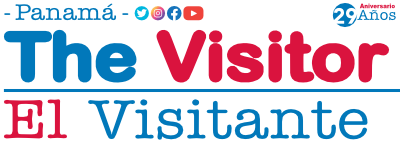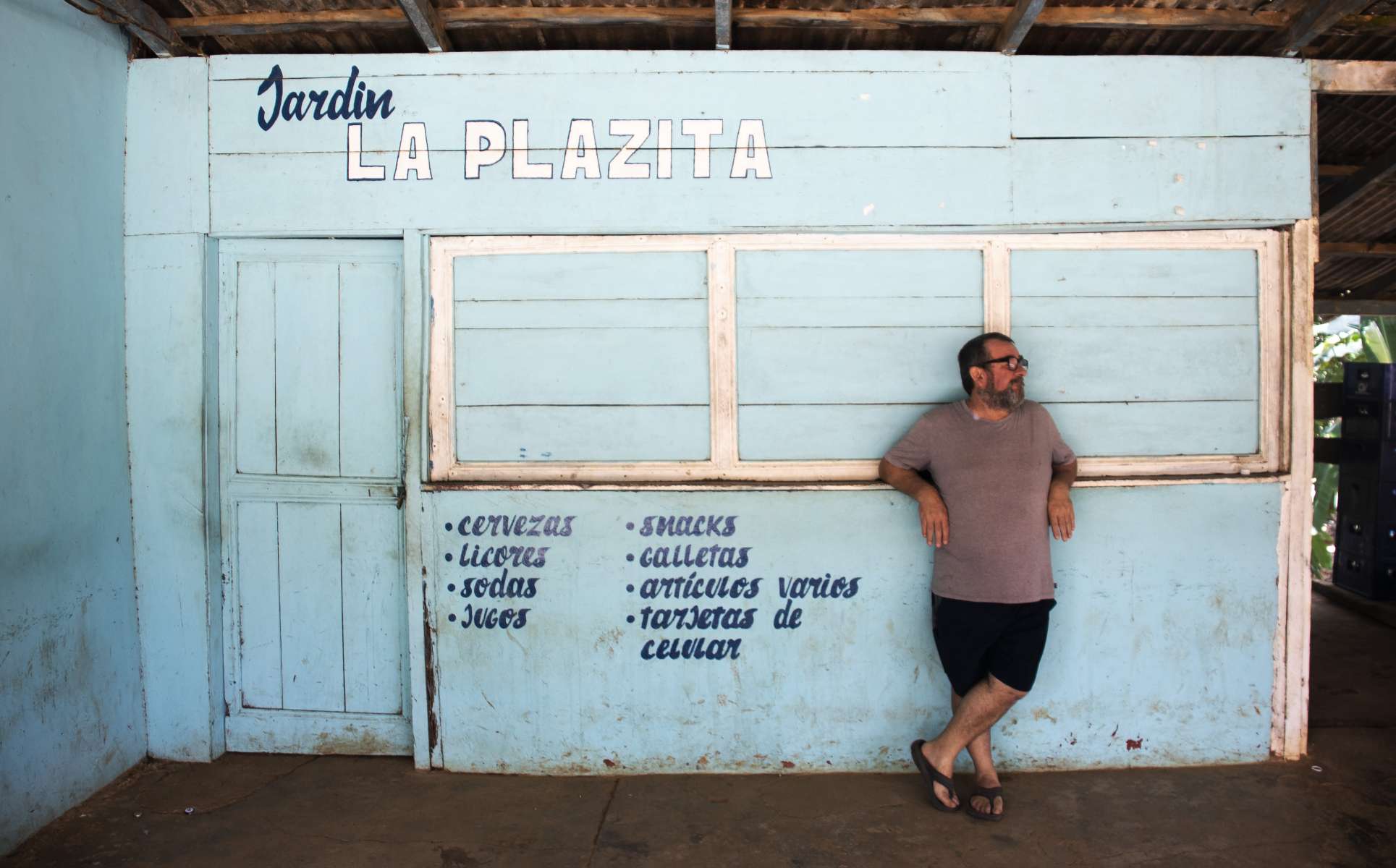Our guest for the most delicious segment of The Visitor-El Visitante is one of the most renowned Chefs in Panama. Born in the town of Bárbate in the Province of Cadiz, Spain, former owner of one of the most famous restaurants in Panama: Manolo Caracol, which opened its doors in 1999. Chef Manolo Madueño was one of the first to propose innovative dishes using mostly local Panamanian products, laying the foundations for the gastronomy that today is positioning Panama internationally.

Today Chef Manolo lives a quiet and relaxed life in Pedasi, where he has also applied his culinary knowledge and enjoys the natural beauties that surround this destination located in Los Santos Province. Manolo, with his spontaneous, cheerful and affable personality, speaks to us exclusively about his love for cooking, Pedasí and the conservation of our country’s natural resources.
You are a consecrated Chef, at what point is Panama in gastronomy and how much do we need to be close to countries that are a global trend such as France, Mexico, Peru, etc.
“How are we going to look at France if they have two thousand years of gastronomy. When I arrived in Panama, it was a small market and the gringo culture invaded everything, that’s why all the inns have ketchup (he laughs amused).
Panama’s cuisine was circumscribed to what Club Union did, and what was made at the Swiss Chalet. The national product was not looked at all, no one went to the seafood market, and even less to the vegetable market. The fact of stop looking only at Switzerland and start to look at Panama, is what Manolo Caracol and a couple pf other Chefs begins to work on.
Right now we are at the moment of takeoff, there is young talent, who is beginning to work with local products and the different cuisines that coexist in Panama. I believe that we do not have to look in any mirror, we have fresh water rivers, two oceans and great biodiversity. The future of our gastronomy lies in the conservation of everything.”

Your restaurant was known by everyone, even by people who never went. What led you to move to Pedasí and have a new life?
“The first reason that took me to Pedasi was my family, second my health, and in reality I did not start from scratch, Manolo Caracol was opened in this town and a part of the products that were used came from this wonderful natures haven.
In Pedasi you can breathe peace, nature, but the people are the main factor. It’s just that the people here are special, they’re calm, they’re not ostentatious, I just love it. Here foreigners are cosmopolitan, who adapt to the traditions and culture of the people, very different from what has happened in other parts of the country.
I have been linked to Pedasí since the year 2000, at the time Mrs. Mireya Moscoso and Ovidio Diaz suggested that I set up something there and we opened Manolo Caracol Pedasi 14 years ago. Here the creation laboratory was set up to then put it into practice in the restaurant in Panama City. We were the first in Central America to have a space for creating dishes and looking for local products. We are not so in diapers in the country.”

Right now you are away from restaurants, what do you do and what is your mission in Pedasi?
“Today I dedicate myself to advising people who have a restaurant or related business and my construction company, but above all to nature reserves.
In gastronomy I dedicate myself to cooking for my family, for my friends and taking care of the La Ceiba nature reserve. I also offer my knowledge selflessly to whoever wants to receive it, it is my way of giving back everything received. I give advice to people who are in Pedasí and have small businesses or restaurants set up, the truth is that I never liked giving cooking classes, it is that I am good at being able to conceptualize and carry out the process until it is put into practice. It seems to me that there are young Chefs who have more technical skills than I have. However, something that I am proud of is having put local products above imported products for the first time 23 years ago. This can be said to be my legacy, having started that.”
I had the first organic garden for a restaurant, not only in Panama, but in all of Latin America. At that time we had two hectares of crops. However, at this moment what I have are two natural reserves called La Ceiba, located in Oria Arriba de Pedasi, which is my way of giving back to nature everything that one took from it.”

What is the legacy that you seek to leave and in what way you are helping to make the Panama experience more rewarding?
“What we must leave to future generations is our environment, especially water, because if that is not taken care of, it will be difficult for the grandchildren and families that come later. My small grain of sand is to have positioned local products first than foreign products or imported concepts, especially from Switzerland.
The project to make Panama a more rewarding experience is called La Ceiba, where all the proposals such as history, folklore and gastronomy are mixed. All of that was brought to a standstill by the pandemic, however we are currently putting it to work. La Ceiba is a project that was created about eight years ago where it included everything from gastronomy, ecological tourism, support to communities, biodiversity, nature conservation. All this in a privileged natural environment. It is very close to Pedasí, with water conservation, as well as traditions such as the Junco hat. It is a project that was about to open its doors to the public just the day the country closed due to the pandemic. Imagine that this project also included a carpentry workshop to teach young people. The pandemic helped me to rethink absolutely everything and what my abilities were to continue. This first part was carried out with its own very important seed capital, with young people working and people from Universidad de Los Andes in Colombia and from Panamanian academic institutions. Everything is in the rethinking phase again. It is more than 65 hectares with nature and the good thing is that nobody can take that away anymore.”

What type of tourism is necessary in Panama?
“We cannot have tourism with swimming pools and not have drinking water for people, we must find a middle ground. Tourism cannot be an enhancer for the normal people of the town to live badly. If people in town don’t have an acceptable place to live to rent, they’re going to be stressed. If you don’t have enough earnings take to your family, and you don’t have a comfortable place to sleep, you get stressed and that affects the good quality of tourism. Tourism has to look at other ways. In Panama, Museums are our people and nature, because we are not going to start making a Louvre museum in Paris or a Prado like in Madrid. We have to put a value on our people and nature and take care of it. Our museums are the beaches, the rivers, the handicrafts and our people, all of this is what we have to take care of.”
What are your favorite Panamanian dishes?
My favorite Panamanian dishes are the tamale, the pork guacho, the Panamanian ceviche, the fututeado rice and the sancocho.


